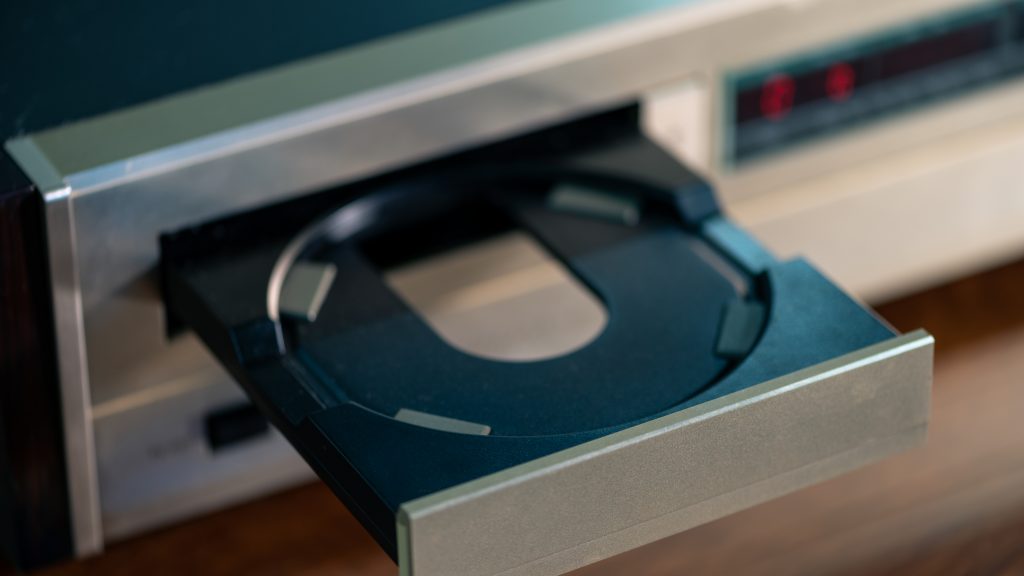Music collections have undergone some pretty severe changes throughout history, from Vinyl to 8-Track to Cassette to CD, to MP3 Players, and onto our phones. Arguably one of the biggest changes to happen in the music world was the CD, and an icon of this change was the CD Player. As soon as it entered the scene, cassette tapes were on their way to being a thing of the past, with CD’s soon replacing all the clunky cassettes and coming packed full of special features and more music than a cassette could hold!
History of CD Player Day
The history of CD Player Day is really the history of the CD Player, and by extension, the CD’s they play. Do you remember what CD player stands for? We do! It’s Compact Disc, and it was one of the most innovative storage solutions ever created. A 1.2m thick disc of plastic with a spiral of data so tight it causes optical refraction to the viewer, creating a rainbow that, to us, is representative of the unbelievable variety of sounds that can be bound within.
In 1982, the CD Player came home, produced by Sony and set to make a massive change in the publics consumption of media, especially audio. The price was anything but reachable by the common man, however, ranging in at $2,200, and the price of CD’s being $33-$45, but that wasn’t set to last. Prices were dropping as technology improved, and in 1985 Dire Straits released their Brothers in Arms CD and it quickly became the first to sell over a million copies. The CD Player was officially here to stay.
While it was thought at the time that CD’s would obviously be the replacement for the cassette tape, no one could have anticipated that it would also be the solution technophiles had been looking for to replace the delicate floppy discs that had been in use in computing. It was faster, more durable, and could hold far more data than any of the previous storage formats, and the future of computing.


